Minimum Required Tools

Would you believe that some inspectors use only this bare minimum?
Basic tools needed to complete a home inspection.
Tools Used at Modern Insight
(tap for more info)
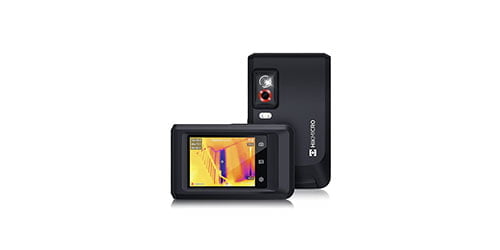
Thermal imaging is used at every inspection to uncover potential issues by revealing temperature variations that may indicate underlying problems.
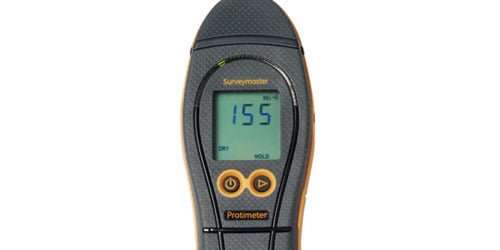
Our dual-function moisture meter accurately measures moisture in walls, floors, and ceilings, identifying hidden leaks and potential mold growth.

We use the latest drone technology to safely inspect hard-to-access roof surfaces, capturing high-resolution aerial images and videos for detailed evaluations.
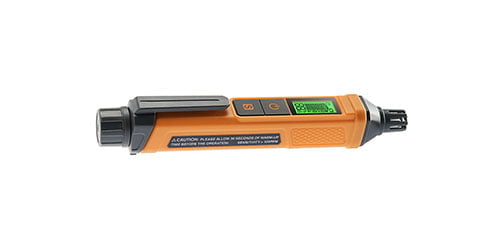
This tool enhances safety by detecting and alerting us to the presence of hazardous gases such as propane, natural gas, methane and more.
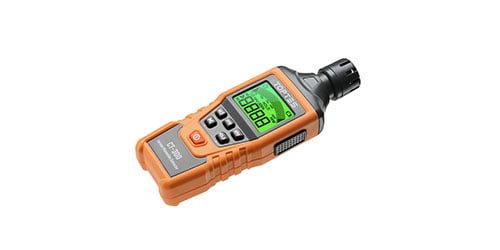
This instrument identifies carbon monoxide gas, providing alerts to potential hazards by monitoring CO levels in the area.
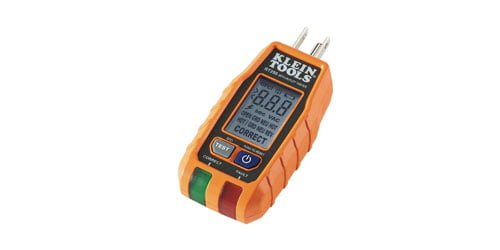
A receptacle tester is used to evaluate the wiring and functionality of electrical outlets, identifying issues like open grounds or reversed polarity for safe operation.
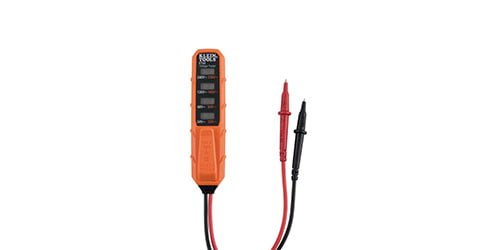
Used for testing 240V circuits and older two-prong receptacles, where advanced testers cannot be used, helping identify potential electrical issues.
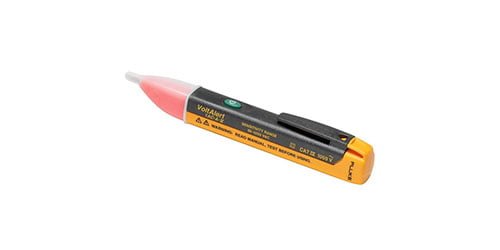
A crucial tool for safely checking for the presence of voltage in wires and outlets without direct contact, this device quickly identifies live circuits.
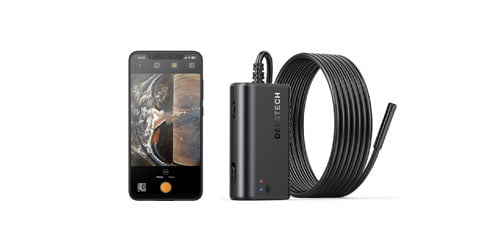
An endoscope is a valuable tool for home inspections, allowing us to inspect hard-to-reach areas and identify potential issues.
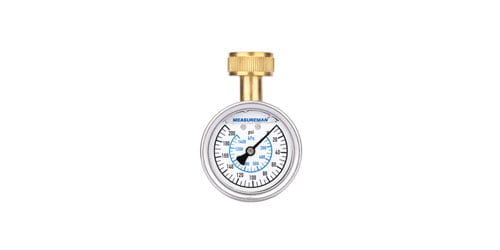
A vital tool for evaluating home water pressure. Proper pressure is crucial; too high can cause leaks, while too low can affect flow and appliance performance.
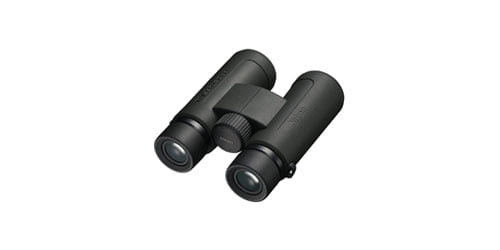
Binoculars are useful for inspecting hard-to-reach areas, providing a close-up view of roofs, flashings, chimneys, and other elevated structures during inspections.
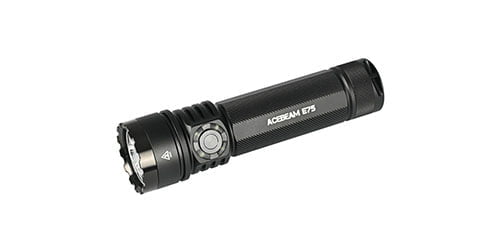
A flashlight is essential during a home inspection to illuminate dark areas, allowing us to see in dark spaces like attics, basements, and behind appliances.

A valuable tool for quick surface temperature measurements from a distance. It can assess areas like HVAC registers, plumbing fixtures, appliance surfaces, and more.
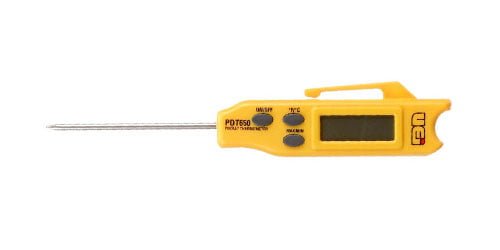
Designed for accurate direct temperature readings of liquids and air, this thermometer provides precise measurements.
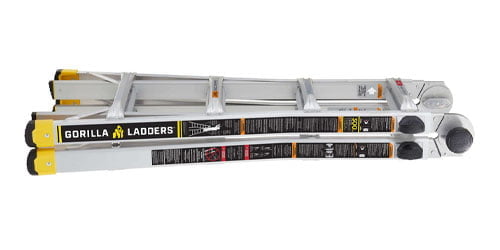
A multi-position ladder is versatile for home inspections, enabling safe access to roofs and attics while its compact design allows for easy storage.

A screwdriver is needed to remove the covers from electrical main and sub panels so we can inspect the wiring and components for safety and functionality.
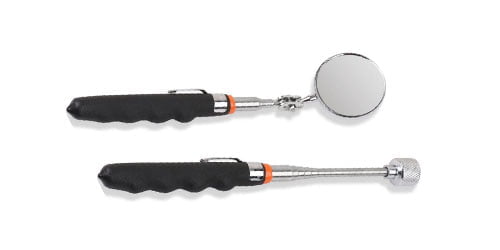
A telescoping magnet and mirror are useful tools for home inspections, allowing access to tight spaces and helping locate hidden objects in hard-to-reach areas.
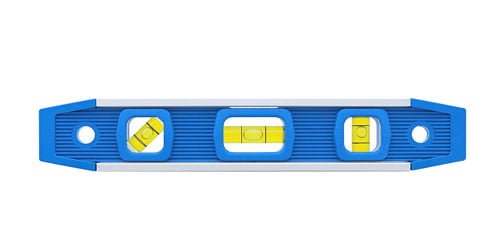
A torpedo level is a handy tool for ensuring proper slopes of various surfaces. Its compact design and magnetic base make it ideal for home inspections.
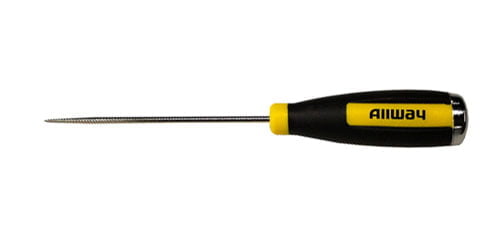
An awl is a useful tool for probing and checking for damage, rot, and wood-destroying organisms during home inspections.

A tape measure is commonly used to check clearances to ensure safety recommendations are met. They’re often lent out to attending home buyers, too!
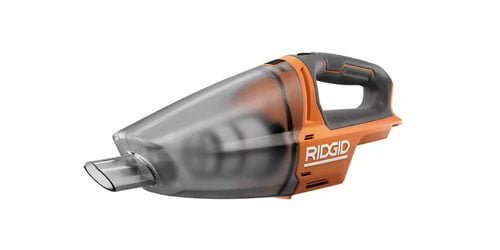
A cordless handheld vacuum helps us leave homes as we found them, quickly cleaning up any debris stirred up during inspections.

Shoe covers are used at all home inspections to help protect your floors from dirt and damage.

